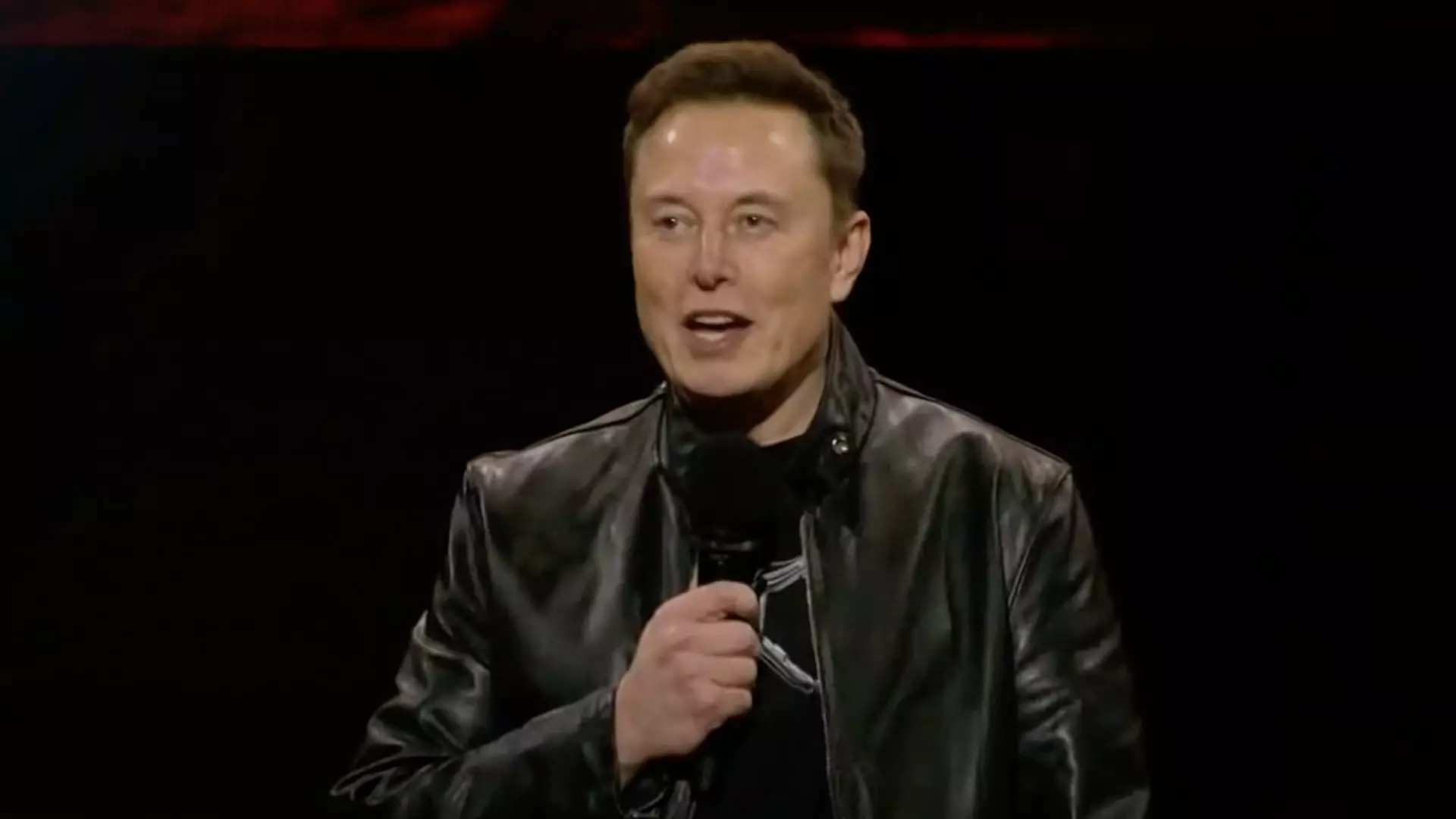As anticipation builds for Tesla’s third-quarter earnings report, scheduled for release on a Wednesday following standard trading hours, a cautious optimism mingles with underlying concerns. Analysts’ consensus estimates predict an earnings per share of 58 cents and revenues soaring to $25.37 billion, according to LSEG data. However, the broader picture reveals a company grappling with various challenges that could significantly affect its future performance.
The earlier revelation of vehicle deliveries for Q3 shows a total of 462,890 units. While it indicates a modest 6% year-over-year increase, it nonetheless fell short of what analysts had anticipated, raising red flags for investors. The figures also arrive against the backdrop of two consecutive quarters of declining year-over-year deliveries, signaling potential issues within Tesla’s growth trajectory.
The competitive landscape for electric vehicles (EVs) is rapidly evolving. Tesla has resorted to an assortment of discounts and incentives aimed at boosting sales. While these strategies may temporarily stimulate demand, they also raise concerns about margin stability. There is a palpable tension between encouraging sales and maintaining profitability, and many analysts remain wary of Tesla’s ability to keep margins healthy in an increasingly saturated market.
Recent developments include a highly discussed robotaxi event, which, despite generating excitement, left many shareholders longing for more actionable details on Tesla’s long-term plans in autonomous driving. In addition, the upcoming presidential election looms large on the horizon, consuming CEO Elon Musk’s attention and raising eyebrows regarding his political activities. Musk’s recent vocal support for Republican nominee Donald Trump could divert investor focus from core business operations, causing unease among shareholders who fear potential fallout from political entanglements.
Impact of Political Activism on Tesla
Musk’s political involvement has grown increasingly contentious, especially given that his support for Trump contradicts some of Tesla’s long-standing benefits stemming from federal EV incentives and environmental regulations. Questions abound in the investment community regarding how Musk’s pro-Trump stance might affect Tesla’s reputation and stock price. Musk has publicly criticized various government regulations, casting doubt on their efficiency and questioning whether the government should be trusted. His remarks instill a sense of unpredictability, raising concerns for investors who value stability and long-term growth.
Tesla continues to battle fierce competition, particularly in China, where local companies such as BYD and Geely are making significant inroads into the EV market. Jeeping up demand for their products, a wave of automakers—including traditional giants like Ford and General Motors—are also making strides in the electric vehicle sector, even as they scale back earlier electrification commitments.
Recent insights from Jefferies analysts reveal that Tesla’s operational performance may indicate a stagnating gap between itself and both legacy OEMs and emerging competitors from China. Analysts have voiced caution regarding Tesla’s growth prospects, describing the next two years as potentially subdued, largely due to its aging core lineup and challenges in managing scaling costs effectively. Thus, despite having untapped capacity, the pathway forward appears fraught with obstacles and uncertainty.
Addressing Shareholder Concerns
A wave of shareholder inquiries has surfaced ahead of the earnings call, demonstrating significant investor interest in the development of Tesla’s robotaxis, self-driving software, and humanoid robots. Furthermore, investors are clamoring for updates on the Cybertruck’s performance and market acceptance. Despite experiencing quality issues, the Cybertruck managed to achieve sales exceeding 16,000 units in the U.S. during Q3, according to Kelley Blue Book estimates.
Nevertheless, the absence of specific guidance for 2024 raises questions about Tesla’s future direction. Executives have acknowledged expectations of a lowered delivery growth rate, placing additional stress on an already uncertain investor outlook. Compounded by a 13% decrease in Tesla shares thus far in 2023, versus a 23% rise in the Nasdaq, the landscape appears to be shifting, culminating in a critical period that will require decisive action from Tesla’s leadership.
As Tesla approaches the release of its earnings report, the company finds itself at a crossroads, where forecasting future success hinges on navigating a complex interplay of competitive forces, political dynamics, and internal performance metrics. The upcoming months will be crucial in determining whether Tesla can maintain its leadership position in the electric vehicle market or if it will face an entrenched battle for relevance amidst a rapidly changing automotive environment.

